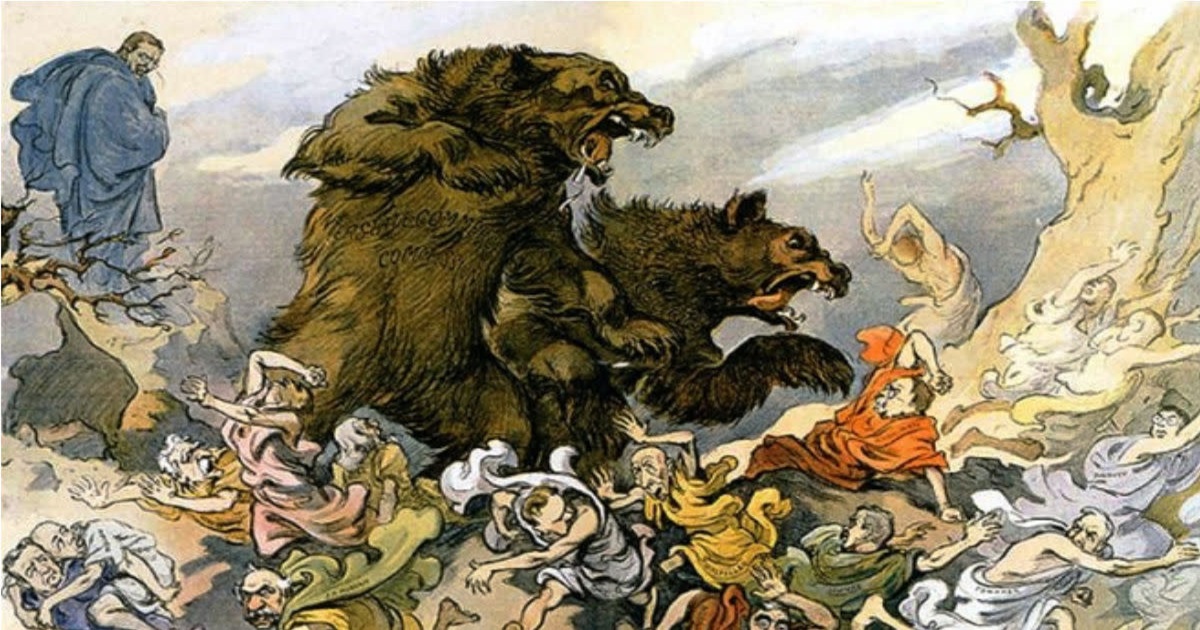Key Thought: These Psalms present God as our Refuge, our King, our Judge, and our Priest. He comforts, protects, delivers,and is our justice.
May 31, 2025
1. Have a volunteer read Jeremiah 4:23-26, Psalm 46.
- Ask class members to share a short thought on what the most important point is in this passage.

- What is this telling us about the fate of the pre-Advent world?
- Personal Application: Even though our world seems chaotic and out of control, how can we believe that things will work out for us if we remain faithful? Share your thoughts.
- Case Study: One of your relatives states, “What about those in other countries who haven’t heard or don’t want to listen to the Christian message? Are they going to be left to die outside of Christ if we don’t reach them, or is God going to take the work in His own hands?” How would you respond to your relative?
2. Have a volunteer read Psalm 47:1-4.
- Ask class members to share a thought on what the most important point in this text is.
- What does this tell us about our place in Christ’s kingdom?
- Personal Application: How do you think God intends to finish His work? What part do His church members play? Share your thoughts.
- Case Study: One of your friends states, “I don’t know if God exists. I think it is an invention to keep people in line and follow the rules, an opiate for the masses. We live, we die, that’s it. We just have to try and make things as pleasant in this life as possible.” How would you respond to your friend?
3. Have a volunteer read Psalm 7:5, Rev. 14:9-12.
- Ask class members to share a short thought on what the most important point in this text is.
- What are some of the issues in the judgment?
- Personal Application: What present events could easily lead to what is coming in the last days? What obstacles are still in place? Share your thoughts.
- Case Study: One of your neighbors states, “We should as Christians try to make this world as perfect as we can. We should be involved in political, social, civil, and economic issues to make things in our lives as good as we can..” How would you respond to your neighbor?
4. Have a volunteer read Psalm 67, Revelation 14:6-12.
- Ask class members to share a thought on what the most important point in this text is.
- How does this psalm help you understand the role of God’s people in Revelation 14:6-12?.
- Personal Application: What obligations should we as individuals and as a church feel toward teaching others the truths that are essential to the everlasting gospel? Share your thoughts.
- Case Study: Think of one person who needs to hear a message from this week’s lesson. Tell the class what you plan to do this week to share with them.
(Truth that is not lived, that is not imparted, loses its life-giving power, its healing virtue. Its blessings can be retained only as it is shared. ”Ministry of Healing, p. 148).
 (0)
(0)Source: https://ssnet.org/blog/9-in-the-psalms-part-2-teaching-plan/






 Lesson 9: In the Psalms, Part 2
Lesson 9: In the Psalms, Part 2 Introduction
Introduction




 Thought of the Day
Thought of the Day Illustration – “In Life’s Storm – Refuge on the Rock of God”
Illustration – “In Life’s Storm – Refuge on the Rock of God”